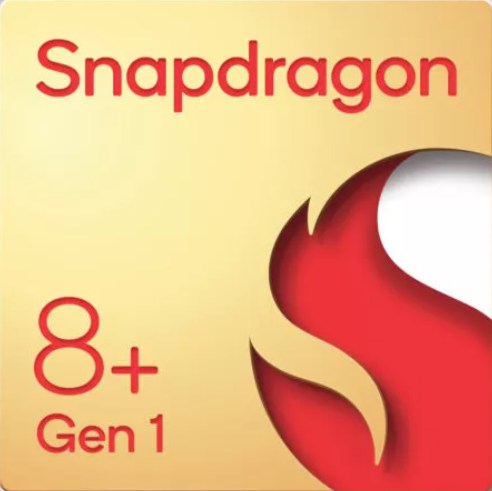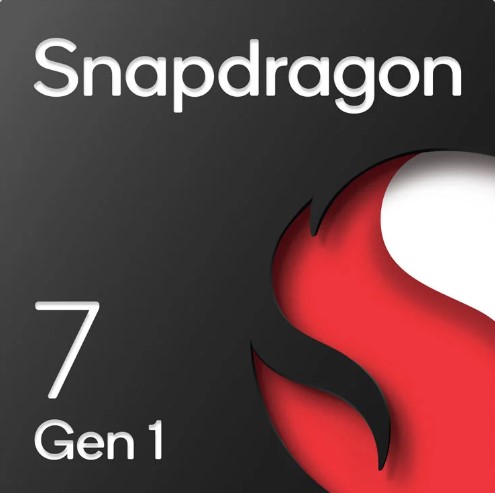Qualcomm Snapdragon 8 Plus Gen 1 vs Qualcomm Snapdragon 7 Gen 1
We’ve meticulously compared the recently released
Snapdragon 8 Plus Gen 1 vs Snapdragon 7 Gen 1
SoCs, developed by
Qualcomm and Qualcomm respectively. This
comparison focuses on the pros and cons of their
8-core CPUs,
backed by performance metrics
from Geekbench, Antutu, and
3DMark benchmarks, and technical
specifications.
Review
General comparison of performance, power consumption,
and other
indicators
CPU Performance
Evaluation of Single-Core and
Multi-Core Processor Performance
Gaming Performance
Gaming and OpenCL/Vulkan
Performance of the Graphics Processing Unit (GPU)
Battery life
Energy Efficiency in Battery Usage
Tech Insist Score
Overall Performance Rating of the
Chip
Key Differences
Main differences and advantages of each chip
Pros of Snapdragon 8 Plus Gen 1
Benchmarks
Evaluating performance through competitive testing in
leading benchmarks.
AnTuTu 10
The AnTuTu Benchmark evaluates CPU, GPU, RAM, and I/O
capabilities across various scenarios.
CPU
243697
177123
GPU
478120
162367
Memory
191931
101455
UX
184166
120496
Total score
1097914
561441
GeekBench 6
The GeekBench test shows raw single-threaded and
multithreaded CPU
performance
3DMark
A cross-platform benchmark that assesses graphics
performance in Vulkan
(Metal)
3DMark Wild Life Performance
Stability
69%
99%
Graphics test
59 FPS
17 FPS
Score
9875
3089
Specifications
Full list of technical specifications of Snapdragon 8 Plus Gen 1 and Dimensity
9300
Architecture
1x 3.2 GHz – Cortex-X2
1x 2.4 GHz – Cortex-A710
Cores
8
8
Base Frequency
2000MHz
1800MHz
Turbo Frequency
3200MHz
2400MHz
Instruction set
ARMv9-A
ARMv9-A
L2 cache
-
-
L2 cache
-
3 MB
L3 cache
6 MB
-
Process
4 nanometers
4 nanometers
Transistor count
-
-
TDP (Sustained Power Limit)
-
5 W
GPU name
Adreno 730
Adreno 662
Architecture
Adreno 700
Adreno 600
GPU frequency
900 MHz
600 MHz
Pipelines
-
-
Shading units
-
384
Total shaders
-
768
FLOPS
-
-
Vulkan version
1.1
1.1
OpenCL version
2
2.0
DirectX version
12
12
Neural processor (NPU)
Hexagon
Yes
Memory type
LPDDR5
LPDDR5
Memory frequency
3200 MHz
3200 MHz
Bus
-
-
Max bandwidth
51.2 Gbit/s
25.6 Gbit/s
Max size
24 GB
16 GB
Storage type
UFS 3.1
UFS 3.1
Max display resolution
3840 x 2160
3360 x 1600
Max camera resolution
1x 200MP, 2x 64MP
1x 200MP
Video capture
8K at 30FPS, 4K at 120FPS
4K at 30FPS
Video playback
8K at 30FPS, 4K at 120FPS
4K at 30FPS
Video codecs
H.264, H.265, VP8, VP9
H.264, H.265, VP9
Audio codecs
AAC, AIFF, CAF, MP3, MP4, WAV
AAC, AIFF, CAF, MP3, MP4, WAV
Modem
Snapdragon X65
X62
4G support
LTE Cat. 24
LTE Cat. 24
5G support
Yes
Yes
Download speed 5G
Up to 10240 Mbps
Up to 4400 Mbps
Download speed 4G
Up to 2500 Mbps
Up to 1200 Mbps
Upload speed 5G
-
-
Upload speed 4G
Up to 316 Mbps
Up to 210 Mbps
Wi-Fi
6
6
Bluetooth
5.3
5.2
Navigation
GPS, GLONASS, Beidou, Galileo, QZSS, SBAS, NAVIC
GPS, GLONASS, Beidou, Galileo, QZSS, SBAS, NAVIC

